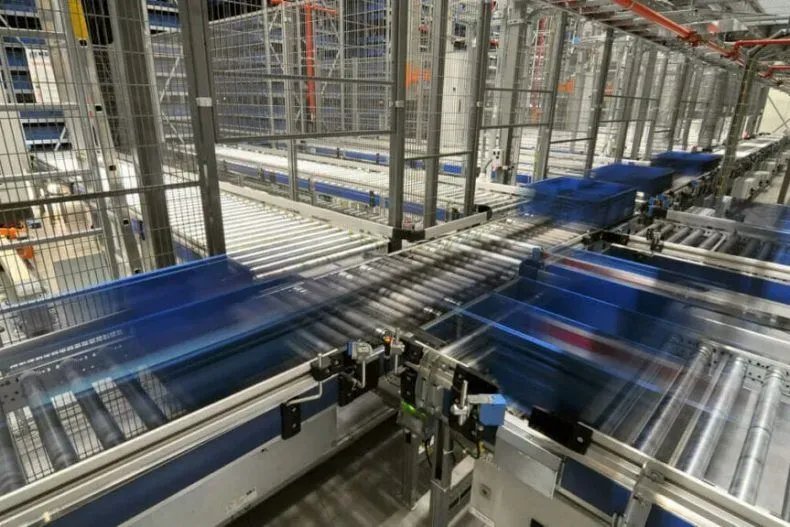Types of Warehouse Automation
There is a wide range of warehouse automation options available. Some examples include:
Physical automation: This includes technologies like conveyor belt systems, Automated Guided Vehicles (AGVs), Autonomous Mobile Robots (AMRs), Automated Storage and Retrieval Systems (AS/RS), robotic arms, sorting systems, palletising robots, shuttles, and pick-to-light systems.
Digital automation: This encompasses Warehouse Management Systems (WMS), barcode scanners, RFID readers, sensors, cameras, and artificial intelligence (AI) powered systems.
Levels of Warehouse Automation
The level of warehouse automation can vary:
Manual: All tasks are performed by human labour.
Partially automated: A combination of human labour and automation.
Fully automated: Technology manages all operations with minimal human input.





